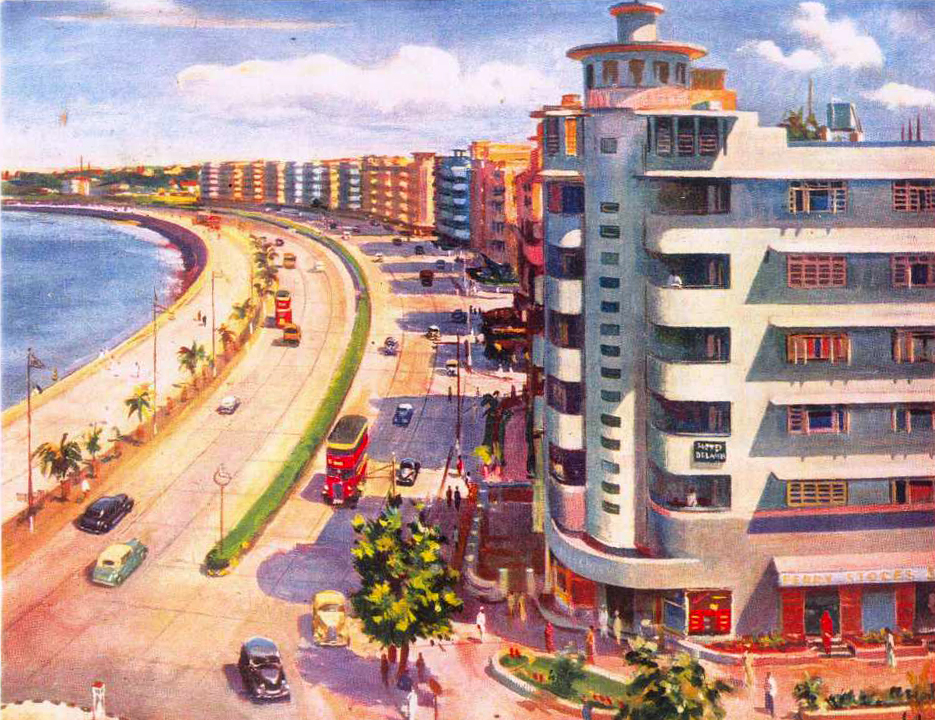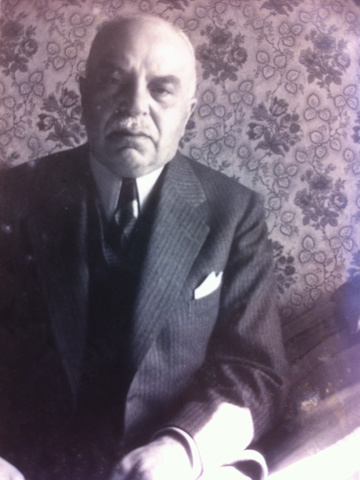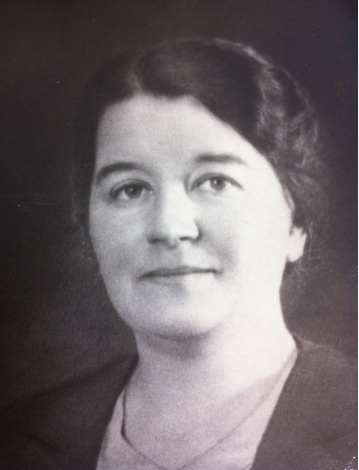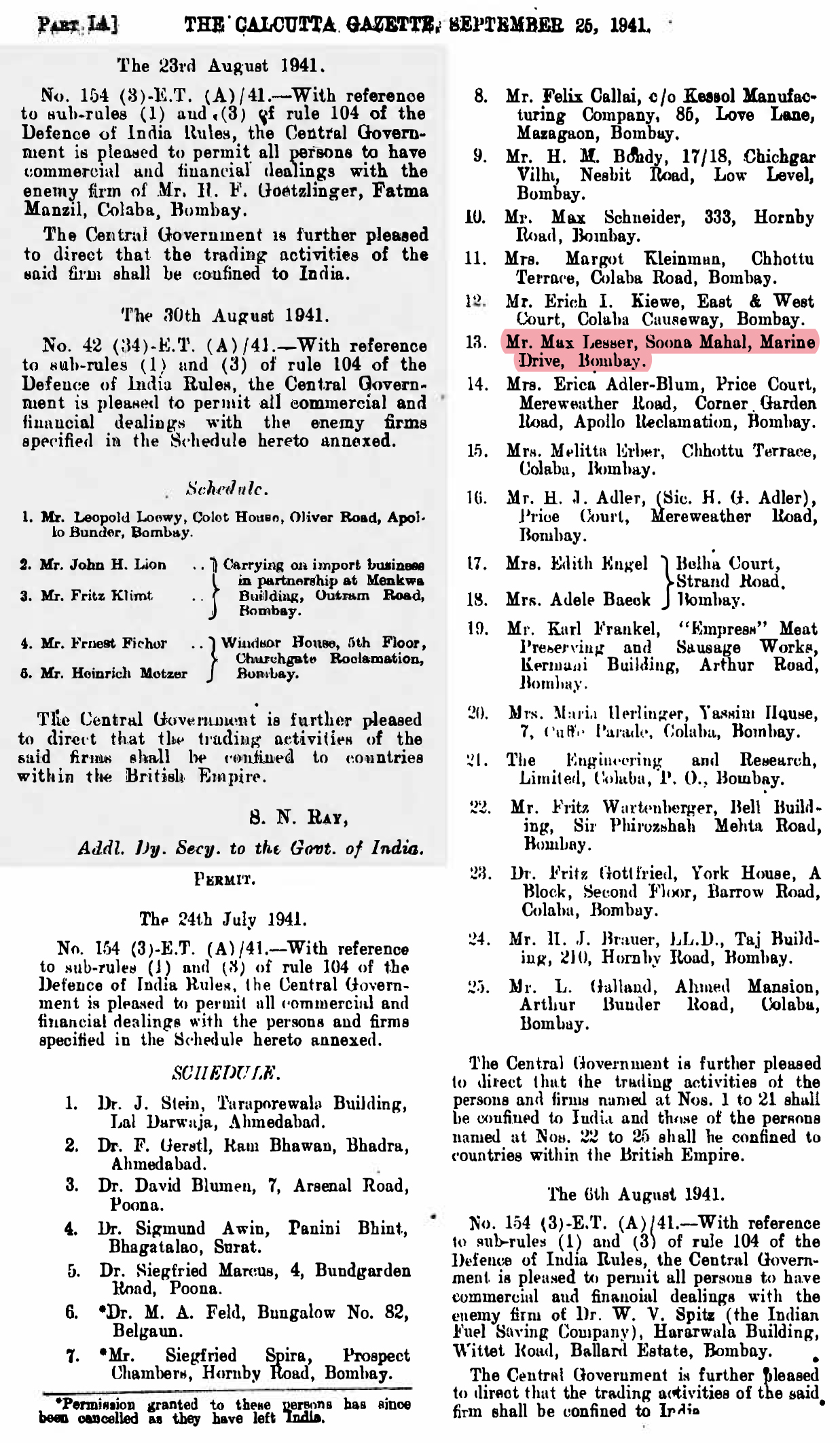Archive
Lesser’s Boarding House
- Lesser’s Boarding House
- HotelGerman Jewish boarding house
During the 1940’s Max Lesser ran one of the very few German-Jewish boarding houses in Bombay – in the art deco “Soona Mahal” on Marine Drive.
Word Count: 25
Soona Mahal, Marine Drive, Bombay (now Netaji Subhash Chandra Bose Rd Churchgate, Mumbai).

Historic postcard view of Marine Drive with the Soona Mahal on the far right and Sea Green opposite (Private Collection Rachel Lee). 
Drawing of Marine Drive from the roof of the Soona Mahal by Walter Langhammer (© Vardha and Dinesh Thacker Collection, Mumbai. All Rights Reserved). 
Portrait Max Lesser, around 1945 (Reprinted from Geni, Max Lesser). 
Portrait Elli Lesser (Reprinted from Geni, Elli Lesser (Brühl). 
List of approved companies of exiles from July and August 1941 in The Calcutta Gazette, no. 13, 25 September 1941, white background: p. 489, grey background: p. 490 (reprinted from Franz 2015, 140). Art Deco Mumbai. “Discover Soona Mahal along Mumbai’s Marine Drive.” Google Arts & Culture, artsandculture.google.com/exhibit/discover-soona-mahal-along-mumbai-s-marine-drive-art-deco-mumbai/FwIyI29tmcJjKg?hl=en. Accessed 1 May 2021.
Franz, Margit. Gateway India: Deutschsprachiges Exil in Indien zwischen britischer Kolonialherrschaft, Maharadschas und Gandhi. Clio, 2015.
Gangar, Amrit. The Music That Still Rings at Dawn, Every Dawn: Walter Kaufmann in India, 1934–1946. Goethe-Institut / Max Mueller Bhavan, 2013.
Haas, Willy. Die literarische Welt. Erinnerungen. Paul List, 1957.
Lesser, Max. “Ein Freund in Not.” Aufbau, 5 July 1946, p. 28.
Shaffer, Ernest N. [Ernst Schäffer]. Ein Emigrant entdeckt Indien. Information und Wissen, 1971.
Word Count: 90
“Elli Lesser (Brühl).” Geni, www.geni.com/people/Elli-Lesser/6000000029897399105?through=6000000029897288386. Accessed 15 May 2021.
“Max Lesser.” Geni, www.geni.com/people/Max-Lesser/6000000029897288386?through=6000000029897399105. Accessed 1 May 2021.
Grant of Natural Certificate Under the British Nationality and Status of Aliens Act 1914, to Mr Max Lesser, A German Jew (National Archives of India, New Delhi, 1946), HOME/POL(E)1946/32-331.
Naturalisation Certificate Max Lesser. From Germany. Resident in India. Certificate O3971 issued 16 April 1947 (The National Archives, Kew/UK, 1947), HO/334/256/3961.
The Times of India (Mumbai) Archive, via Staatsbibliothek zu Berlin:
http://erf.sbb.spk-berlin.de/historical-newspapers/. Accessed 30 March 2021.Word Count: 91
- 1939
Max Lesser, Elli Lesser, Willy Haas, Walter Kaufmann, Paul Zils
- Bombay
- Margit Franz; Rachel Lee. "Lesser’s Boarding House." METROMOD Archive, 2021, https://archive.metromod.net/viewer.p/69/2951/object/5145-12032692, last modified: 14-09-2021.
-
Willy HaasEditorScript WriterCultural CriticBombay
The former editor of Die Literarische Welt fled to Bombay in 1939. In India Haas worked as scriptwriter for Bhavnani Productions – and had further impact on modern Indian film.
Word Count: 28
Paul ZilsFilmmakerBombayPaul Zils became a central figure in the realm of the Indian documentary film history. Before his emigration to Bombay in 1945, he had worked at Ufa in Germany.
Word Count: 28
Jewish Relief Association BombayRelief OrganisationBombayIn 1934, the first refugees from National Socialism founded a Jewish aid association in Bombay called the Jewish Relief Association (JRA) to help refugees in financial and other difficulties.
Word Count: 28
Walter KaufmannComposerConductorMusicologistTeacherBombayThe 12-year exile in Bombay shaped Walter Kaufmann’s life and work; his signature tune for All India Radio is played till today.
Word Count: 23